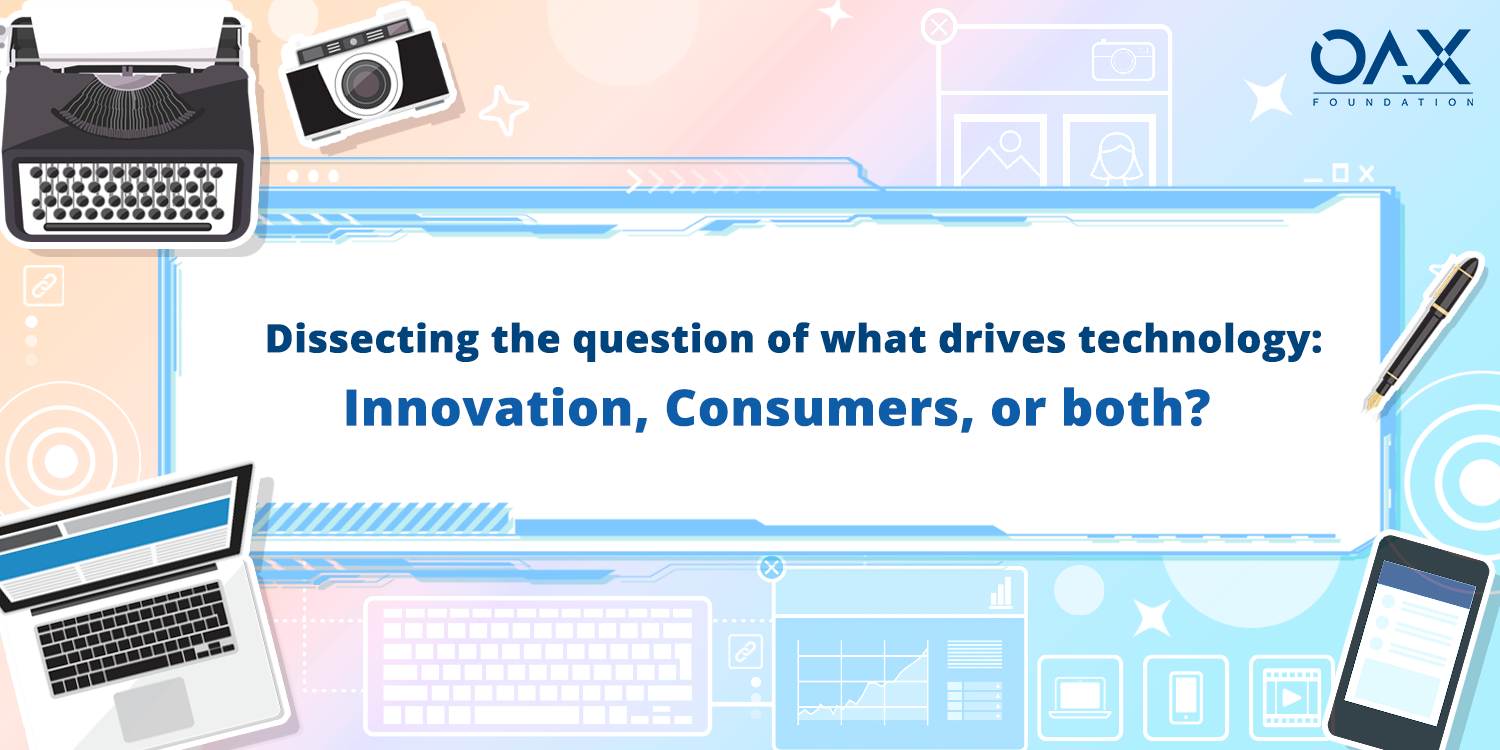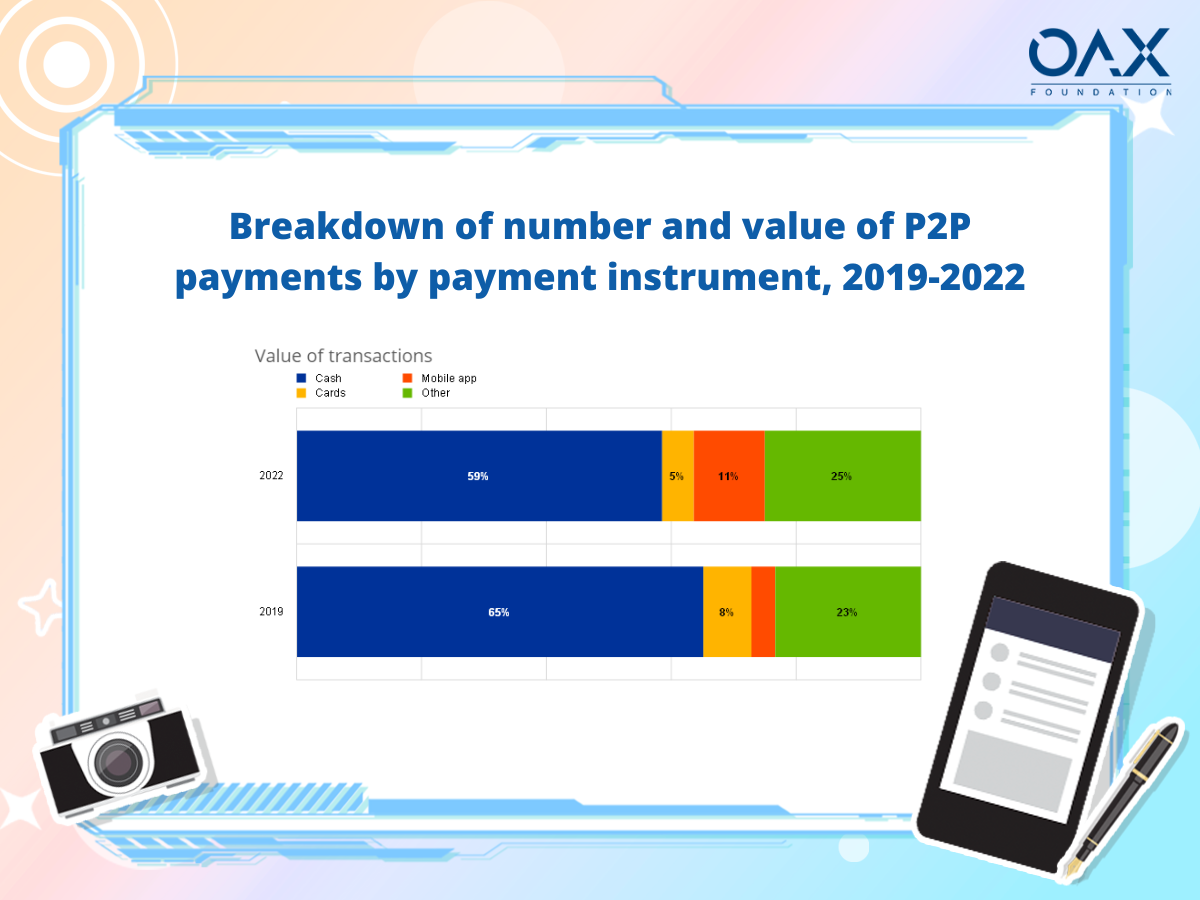
We’re listening: the time is right for feedback
Banks and fintechs are now focusing on pragmatic applications for DLT – and as the history of innovation has repeatedly shown, consumer decisions will be a major factor in shaping how the technology is developed for mass market applications.
By focusing on use cases that serve real customer needs, the organisations working on the next generation of decentralised financial services will leverage this innovative technology to fulfil its considerable potential.
Yet scaling breakthrough technology is rarely driven by consumers – the history of successful consumer products shows that the general public doesn’t know they need a technology before it is created. As Steve Jobs once said, “Some people say we should give the customers what they want, but that’s not my approach – our job is to figure out what they’re going to want before they do.”
This means completely new technologies undergo a period during their development when innovators make key decisions to establish the fundamentals before they can educate potential end-users on the benefits. Customer feedback is important – but knowing when to seek it is key. It is essential for digital assets and the applications surrounding them to begin taking the consumer into account, through usability and accessibility—something that our team working on Notifs believes to be absolutely essential.
Twenty years ago, the idea of digital payments was obscure: globally, many people were writing cheques, some – but not all – were using credit cards, and most people used cash for everyday expenditure.
In China, cash was the primary option. Credit cards were scarcely used, cheques hardly seen, and the idea of P2P digital payments was unheard of. But then WeChat Pay came onto the scene in 2013, rolling out to 270 million people who already used WeChat daily as their go-to mobile social media and messaging app.
By adding seamless, secure payment capability, the company created an ecosystem where overnight the platform became easy to use commercially. Rather than being a feature, WeChat Pay became a major growth driver: end of 2021 monthly active users (MAU) of the app’s raft of services totalled more than 1.27 billion.
Based on users’ spending patterns and preferences and merchants’ feedback on the features that would help their business, WeChat rapidly added functionality, extending the utility of their initial offering. The time for listening was while the technology was scaling up and the market was transitioning to a new way of operating, when factors like accessibility and automation become key to uptake.
And WeChat is still foreseeing customer requirements: this month, it enabled merchants to accept Wechat Pay settlements from tourists in China by adding functionality that accepts international credit cards. This development anticipates an increase in tourists as the country continues to bounce back from lockdowns.

These developments reflect global trends: worldwide, consumers are increasingly opting for electronic payments. According to the ECB’s 2022 SPACE study on the payment attitudes of consumers in the euro area, in 2022, the share of cash payments in the total number of point-of-sale (POS) retail payment transactions went down to 59% from 72% in 2019 and 79% in 2016. In terms of value, the share of card transactions in 2022 (46%) was higher than the share of cash transactions (42%) for the first time.
It looks as if crypto assets, DeFi, and blockchain-based services are now at the critical point where gaining scale will depend on what consumers have to say. Once again, creating the technology is just the beginning: addressing concerns and resistance from the public is now a daily part of our work. As this continues, we can start fine-tuning to address usability, accessibility and other matters of importance to consumers. And this takes time.
A classic example of good tech that failed because its inventor failed to listen is Sony’s Betamax, the high-quality videotape format with superior capabilities to JVC’s VHS which fell short in the home video market. Instead, VHS became the dominant format. Beta was better, but Sony wasn’t responsive to consumers’ wishes for lower prices, longer recording times, and a greater movie selection – and JVC was.
We already know the qualities that will make DLT-based products and services more efficient can also make them more convenient. Automation can reduce time-consuming processes and multiple steps for a more seamless UX. The rich analytics it enables provide real-time information on consumer habits and preferences, with fast responses to new trends and requirements.
And the flexibility inherent in more automated, efficient and intuitive digital technologies gives consumers the ability to embed their preferences into their online transactions.
For companies, costs will likely come down as economies of scale take hold: the more users, the more liquidity, the lower the costs. In addition, DLT’s ability to automate processes is continually adding efficiencies on the supply side. And in a competitive marketplace, these savings are passed on to consumers.
In addition, infrastructure expenses tend to be lower for organisations that don’t rely on bricks-and-mortar facilities; again, these savings can be passed on to consumers. Integrating DLT into existing digital apps in the manner of WeChat Pay shows how added convenience and cost-efficiency can spur consumer uptake.
Similarly, the Notifs app by OAX Foundation is a standout solution in addressing one of the key obstacles in the crypto space. It enables users to easily manage their assets across multiple decentralised wallets, overcoming the challenge of scattered wallets on different chains. This integration empowers users to make informed decisions regarding their crypto investments. Solutions like Notifs highlight the importance of supporting technological advancements and reducing friction in decentralised finance.
There’s little chance that DeFi will go the way of Betamax – having more solutions in the likes of Notifs will empower consumers with greater efficiencies while navigating in the crypto space and will likely aid its speed of adoption. The DeFi community is actively educating consumers about the advantages of this new technology – and along the way, lending an ear to consumers’ needs so we can speed progress toward a fully decentralised future.


